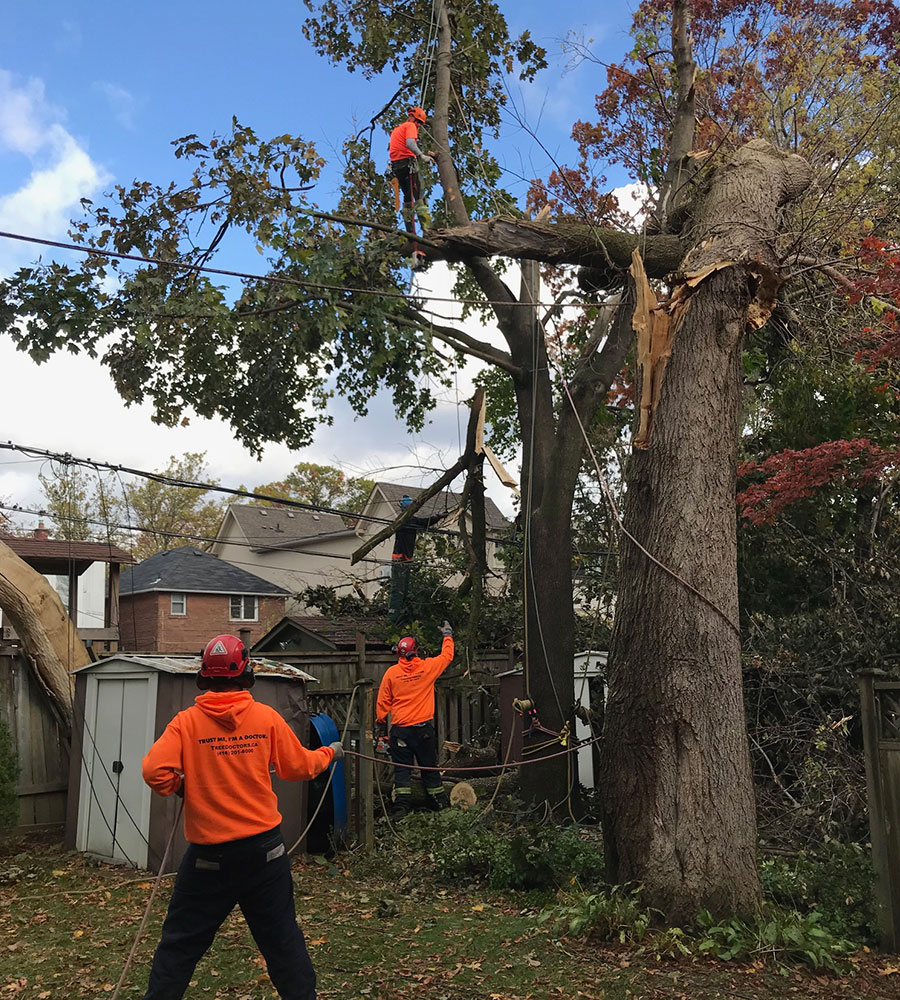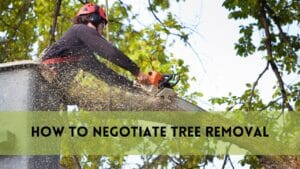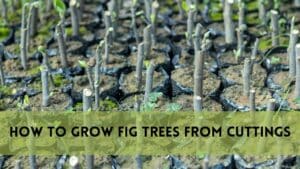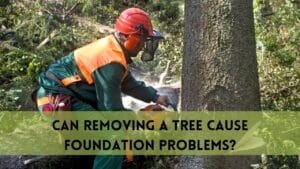Palm palms are an eye-catching addition to any environment, lending a tropical and exotic feel. However, if left unchecked, palm trees can produce seed pods that not only detract from their beauty but also encourage the establishment of unwanted palm seedlings. It is important to learn how to remove seed pods properly to maintain the beauty and cleanliness of your palm tree and surrounding region. We’ll walk you through the methods and strategies for securely remove seed pods from palm trees, so you can keep your environment looking its best.
Should Seed Pods Be Removed from Palm Trees
- Seed pods can take away from the overall appearance of your palm tree and environment, especially as they begin to wither and degrade. Removing them might assist in maintaining a neat and well-kept appearance.Seed pods make a sloppy mess.
- Allowing seed pods to fall and degrade in your landscape could result in the growth of new palm plants. These seedlings can grow in inconvenient or unsuitable sites, resulting in overcrowding and the need for eventual removal.
- Large and heavy seed pods can be dangerous, especially if they fall from the tree. Removing them can help to protect humans, pets
- By proactively removing seed pods, you can reduce the time and effort required for cleaning up fallen pods and managing unwanted seedlings.
- Some seed pods are harmful when they come in contact with skin. It irritates the skins and can cause allergy
How Often Palm Tree Produces These Seed Pods?
The majority of palms produce seed pods every year. Some palm trees might take anything from 5 to 15 years to mature.
Leave Seed Pods for the Following Reasons:
Natural Beauty
Some individuals love the natural appearance of palm trees with seed pods, viewing them as an important element of the tree’s life cycle and aesthetic appeal.
Wildlife Habitat
Seed pods can provide food for nearby wildlife including birds and small mammals. Leaving them alone can help local ecosystems.
Minimal Effort
If you don’t mind the appearance of seed pods and like a low-maintenance landscape, you can leave them as they are time-consuming to remove.
Steps to Remove Palm Tree Seed Pods
Before you begin, gather the necessary tools, including:
- Pruning shears or a long-handled lopper
- Gloves
- Safety goggles
- A ladder (if needed)
- Examine palm tree carefully and mark the seed pods you want to remove. These pods are typically found suspended from the tree’s canopy.
- Depending on the height of the seed pods, use pruning shears for lower pods and a long-handled lopper for higher-up pods. For flawless cuts, make sure your equipment are sharp.
- To reach the seed pods comfortably, stand on solid ground or use a ladder if necessary. Because safety is of the utmost importance, make certain that the ladder is properly placed on level ground.
- Set your pruning shears or loopers around the stem of the seed pods,as close as possible to tree. Make a clean cut to remove the seed pod.
- Collect the removed seed pods in a bag or a container for disposal, you can add them to your green waste or compost pile if appropriate
- Continue inspecting the tree and remove any remaining seed pods
- Keep an eye on you palm tree for the regrowth of seed pod
Does Removing Seed Pods Make the Tree Grow Faster?
Some gardner believe that removing seed pods make the tree grow faster but it isnot proved yet but normally removing seed pods from trees does not make tree grow faster
Are Seed Pods from Palms Edible or Are They Toxic?
- The edibility of palm tree seed pods varies widely depending on the species of palm and the specific type of seed pod. While some palm tree seeds and fruit are edible and even considered delicacies in certain cultures, others can be toxic or inedible.
- Because of their stiff, fibrous, or bitter nature, the seeds inside palm tree seed pods are not always suitable for human eating. Attempting to swallow these seeds can be uncomfortable and even dangerous to one’s health. When assessing the edibility of palm tree seeds, it is important to take caution and seek advice from professionals or local expertise.
- The well-known and tasty fruit called dates is produced by date palms (Phoenix dactylifera). Date fruit seeds are normally not consumed, although the fruit meat is a popular dish.
- The Aça palm (Euterpe oleracea) bears small, dark purple berries with a thin covering of edible fruit encircling a huge, inedible seed. Aça berries are used in a variety of recipes.
- Coconuts (Cocos nucifera) are produced by the coconut palm and contain edible white meat (copra) and water. The outer husk of the coconut and the seed inside are not normally ingested.
FAQs
Why should I remove seed pods from my palm tree?
Removing seed pods helps maintain the tree’s appearance and prevents unwanted palm seedlings from growing in your landscape. It also enhances safety by reducing the risk of falling pods.
When is the best time to remove seed pods from palm trees?
It’s best to remove seed pods when they are still green and easier to cut. This is typically during the tree’s active growing season, but you can remove them at any time.
Can I leave seed pods on the ground to decompose naturally?
While you can leave seed pods on the ground, they may create a messy appearance and lead to unwanted palm seedlings. It’s generally recommended to collect and dispose of them properly.
Can I use the removed seed pods for any other purpose?
Depending on local regulations, you can typically add removed seed pods to your green waste or compost pile. Some people also use them for decorative purposes in landscaping
Conclusion
Removing seed pods from palm trees is an important practise that adds to the beauty, safety, and overall upkeep of your landscape. You may efficiently manage seed pod removal, improve the visual appeal of your palm tree, avoid undesired development, and reduce the danger of safety.
Regular inspections and timely removal ensure that your palm tree stays a beautiful and well-kept focal point in your outside space. Remember to prioritise safety, utilise appropriate tools, and consider timing for best results. You can reap the many benefits of a healthy and flourishing palm tree if you follow these guidelines.





